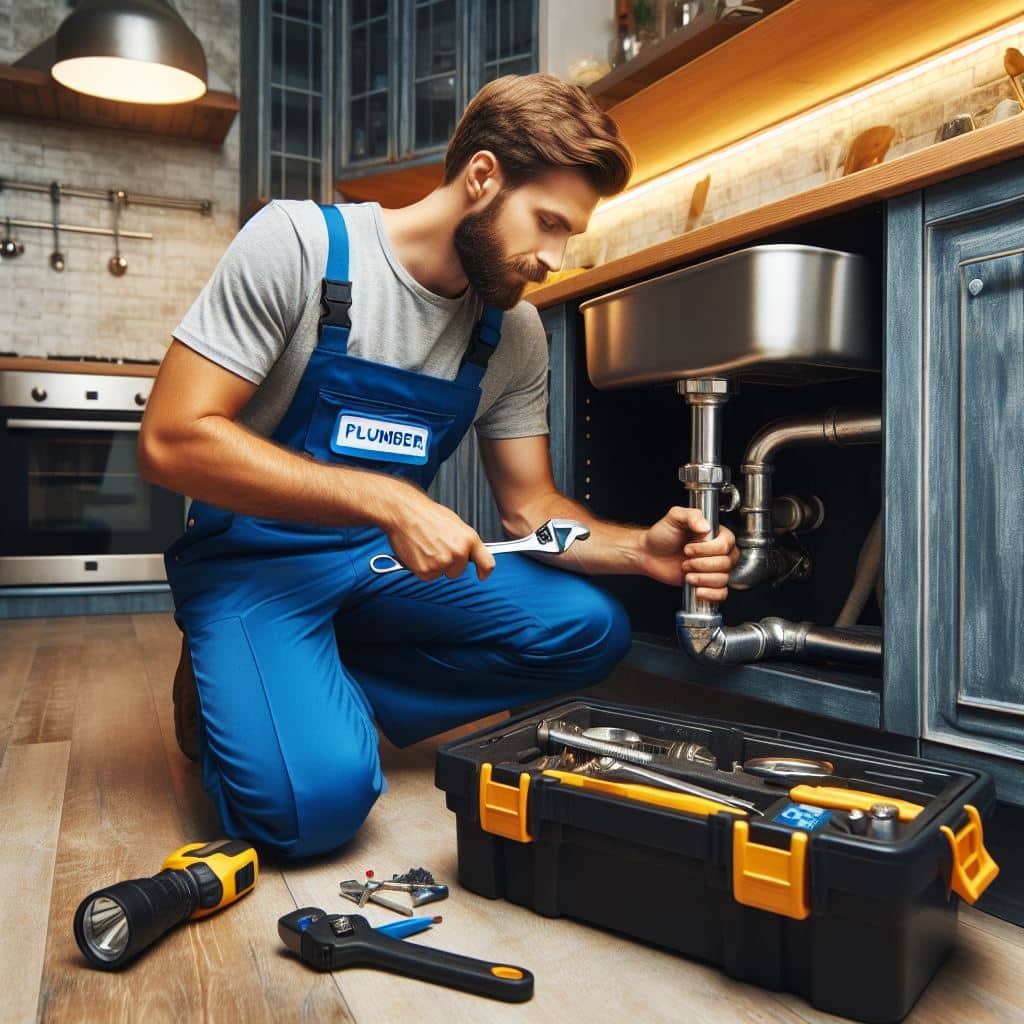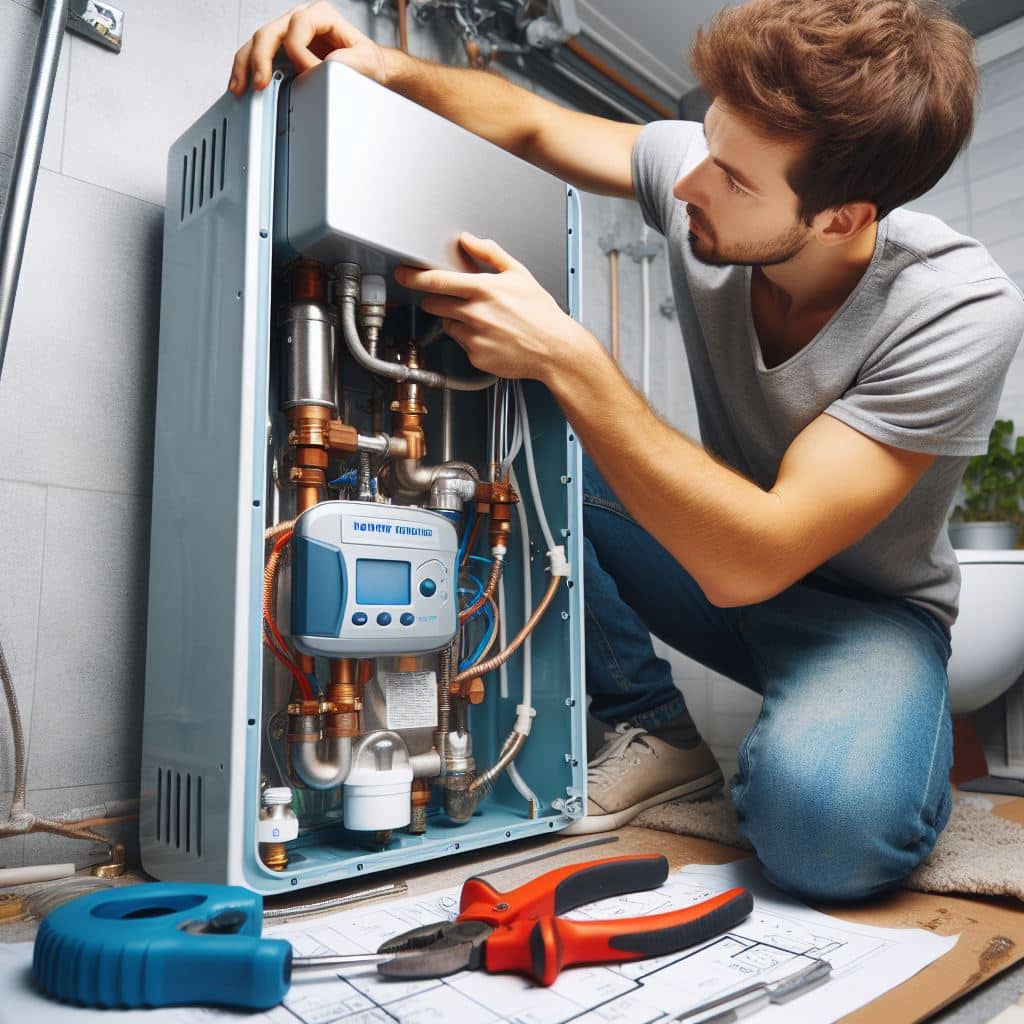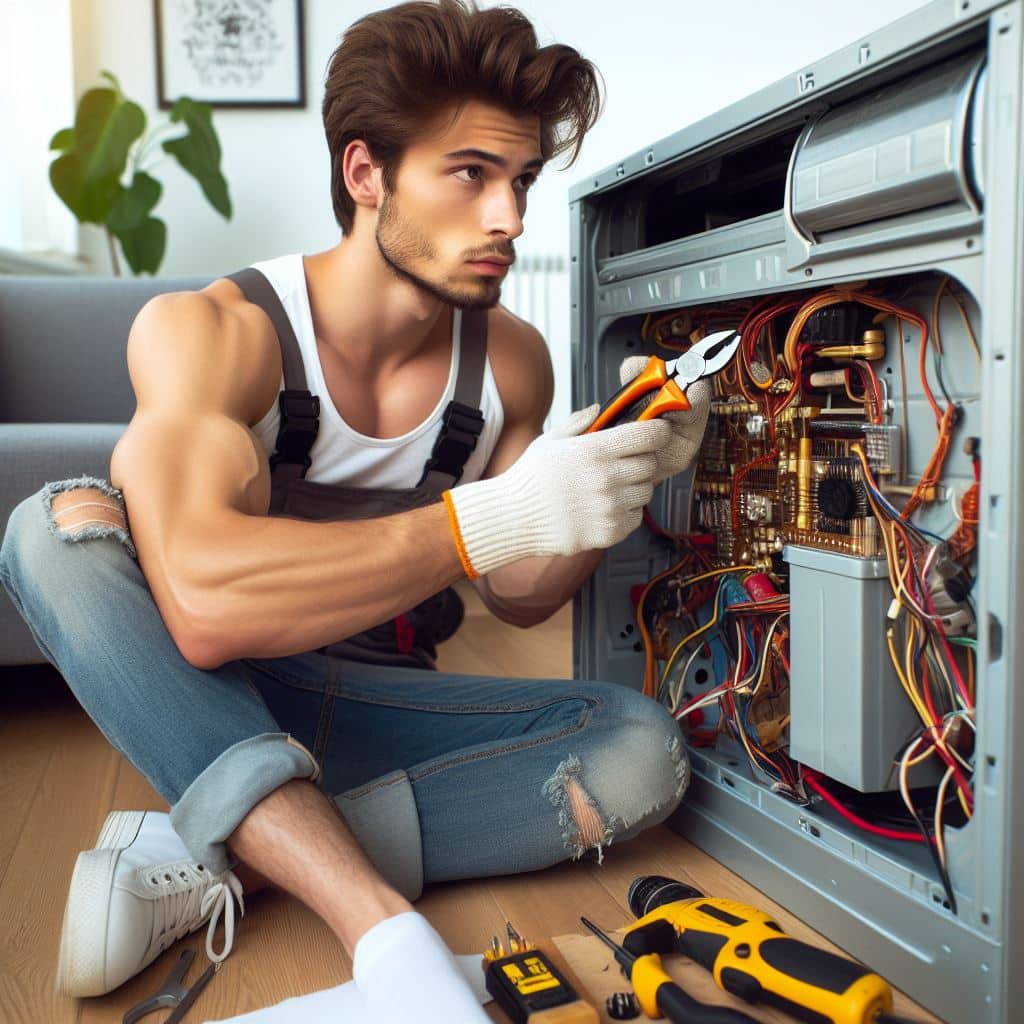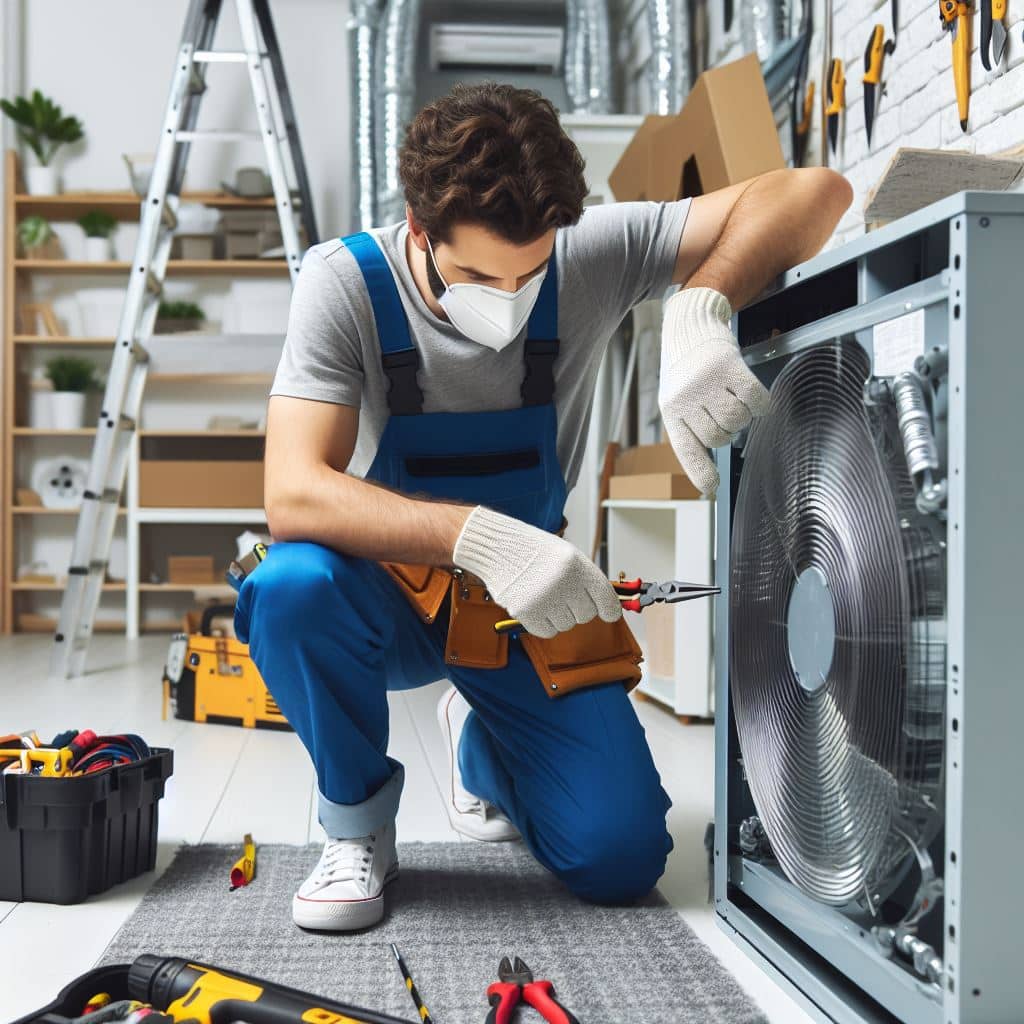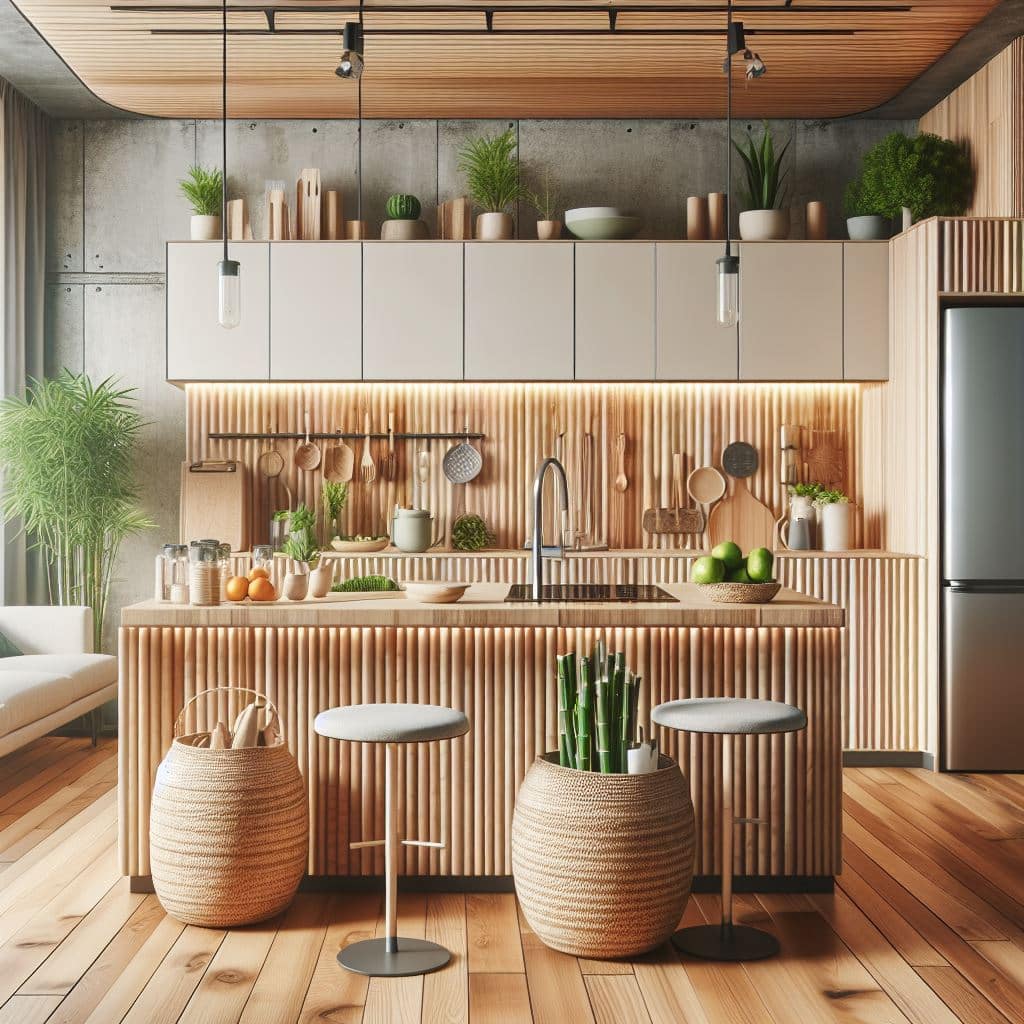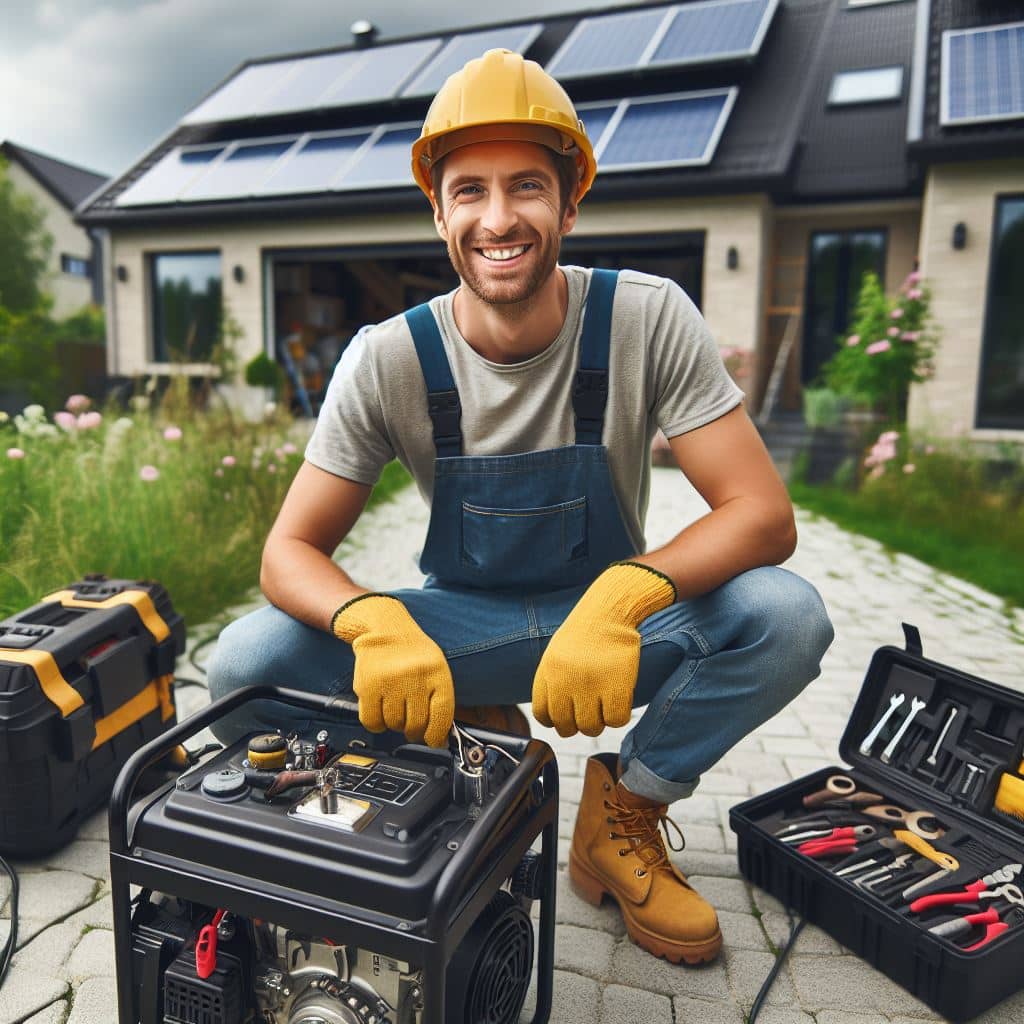Sacramento Trenchless Pipe Repair: Upgrade Plumbing the Easy Way
Have you been thinking about upgrading your home’s plumbing fixtures to something more water-efficient and modern? If so, you’re not alone. Many homeowners are making the switch to low-flow toilets, showerheads, and faucets to save money on water bills and help conserve this precious resource. However, the thought of digging up pipes, jackhammering into walls and floors, and creating a mess of drywall dust is enough to make anyone cringe.
There is an easier way. Trenchless pipe repair and replacement uses advanced technology to upgrade and replace plumbing pipes without destroying your property. Using trenchless methods like pipe lining and pipe bursting, plumbers can install new water supply lines, drains, and sewer pipes without tearing up floors, landscaping or anything else in between. Trenchless pipe repair in Sacramento provides a fast, cost-effective solution for pipe upgrades that leaves your home clean and undisturbed.
If you’ve been putting off plumbing upgrades due to the hassle and mess of traditional replacement methods, it’s time to consider the trenchless alternative. With trenchless technology, you can have an efficient, dependable plumbing system without the stress and disruption. Best of all, you’ll start saving water and money right away.
How Trenchless Pipe Repair Works
The benefits of trenchless pipe repair in Sacramento are many. This minimally invasive method of upgrading or replacing plumbing lines has a lot going for it.
First, it’s fast. Trenchless pipe repair can be completed in a day or two since there’s no need to dig up your entire yard. They get in, do the job, and get out with minimal fuss or mess.
It’s also cost effective. Without the expense of excavation, restoration, and landscaping, trenchless pipe repair can save homeowners up to 60% compared to traditional replacement methods.
Trenchless pipe repair is also safer and more eco-friendly. There’s less risk of striking utility lines or tree roots. And since no digging is required, there’s no damage to your yard, trees, or anything else in the work area.
Last but not least, trenchless pipe repair provides results that last. Materials like epoxy resin and HDPE plastic piping can give your plumbing system a new lease on life for 50-100 years.
If your plumbing is showing signs of age or leaks, consider the benefits of trenchless pipe repair. This innovative, efficient solution can get your water flowing like new again without the headaches of a major plumbing overhaul. Make the easy choice – go trenchless!
Finding the Best Trenchless Pipe Repair Company in Sacramento
Trenchless pipe repair, also known as pipe lining or pipe relining, is a minimally invasive way to repair or replace damaged sewer and water lines without having to dig up your yard. Here’s how it works:
1. Inspection. First, a video camera inspection locates any leaks, cracks or breaks in your existing pipes. The footage helps determine if trenchless pipe repair will work for your plumbing issues.
2. Cleaning and patching. Any minor leaks or cracks are sealed and the interior of the pipes are scrubbed clean. This prepares the surface so the new pipe lining material can adhere properly.
3. Pipe lining installation. A resin-saturated felt liner is inserted into your existing pipes. The liner is inflated until it presses firmly against the walls of the pipe.
4. Curing. The liner is cured in place using hot water or steam. As it hardens, it forms a tight-fitting, jointless, durable new “pipe” inside the old one.
5. Testing. The relined pipes are tested to ensure there are no leaks before reconnecting plumbing fixtures. With trenchless pipe repair, there’s no need to dig up landscaping or tear up floors. The cured-in-place pipe lining can last 50-100 years, is environmentally friendly, and strengthens and prevents future leaks in aging pipes. Upgrading your plumbing has never been so easy. Why dig when you can reline?


